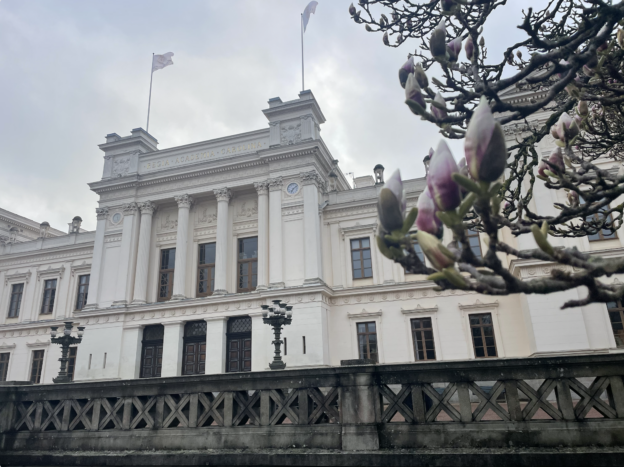Yesterday evening I joined a group of 14 teachers who met up to learn from, and support, our colleague, Ester Barinaga, who wanted to try a new game for teaching purposes and needed guinea-pigs to test it on. The topic was money: contrary to popular belief, money is not at all neutral, and what currency is available, who distributes money and how, what rules exist for trading, … have huge effects on how an economy develops. We explored different aspects through variations of a very simple setup and had space to express emotions and reflect on what happened under different conditions.
For the game, regular playing cards are distributed to players so that everybody starts out with a random hand of four, and the goal is to trade cards in a mutually beneficial way to get families of four, which can then be traded in for four new random cards and a hazelnut. Sounds easy enough. Next game round, pieces of paper were introduced as money, but without knowing what exactly the money is worth, by giving some to two people randomly. Then, a bank opened where people could take up loans for really high interest rates (which very few of us did). In another round, we all got a universal basic income in addition to what we had been given or “earned” in previous rounds.
It was so interesting to observe how already in the easiest setup, social dynamics happen, like for example people swapping cards because someone else needs a card they have and to them it doesn’t matter, and then coming back to do the other person a favor in return, or paying the favor forwards. Then, there are negotiations about what the money is worth in cards, or nuts. Then we had people who had debts to the bank, or who sat on generational wealth. And all of this introduces very real feelings of stress to stay wealthy relative to everybody else’s wealth; or less stress in general, but especially for the poor, when there is a basic income; harder negotiations in some situations, more generosity in others; and even people taking care of each other by saying “no, you are too nice, I can’t take that type of deal from you again”. And we started discussing inflation that we saw happening when more money was in the game and suddenly “one money” was only worth one card in return when before it had bought at least two; how taxes on transactions or savings would influence distribution of cards, money papers, and nuts; different strategies to focus on nuts, cards, or money. We played for less than two hours, but it feels like I learned more about economy than ever before. What a great game that will be in teaching about these topics!
I also really enjoyed discussions about how to use it in teaching; how some rules might need to be clarified in a different way, or what students can explore or decide themselves, how for example adding a timer would change the dynamics of trading, or how to keep track of the scores on a whiteboard to really be able to track the evolution of wealth over time under different conditions. And it was amazing to see how such a simple setup — two decks of playing cards, a bag of hazelnuts, and orange paper cut into small pieces — could lead to such high engagement with a topic that few of us had initially expressed a deeper interest in.
Thanks, Ester, for hosting, and I am so excited for this community of teachers who invest their evenings into exploring teaching together!
